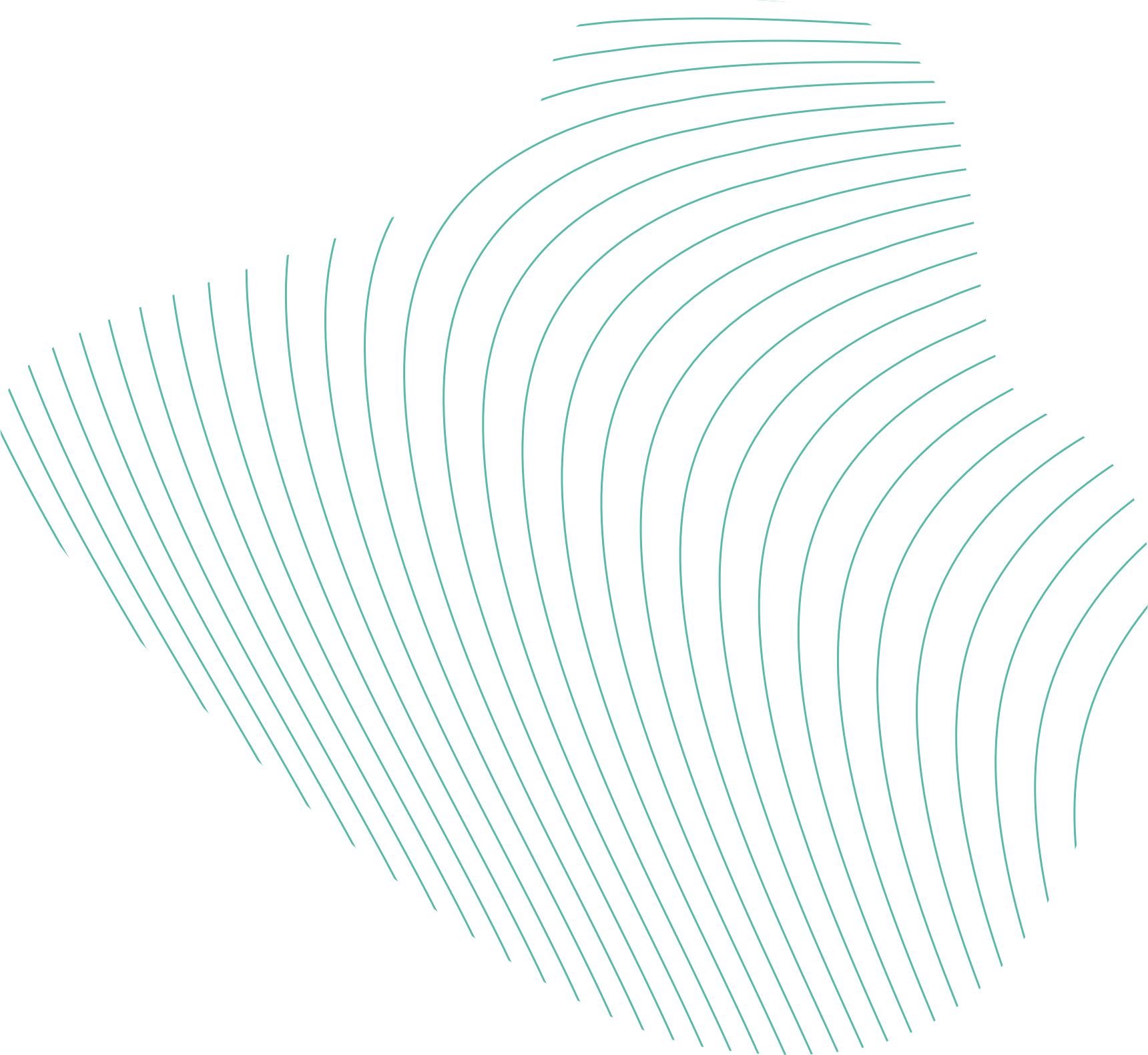
The LAUNCH project (Lowering absorption process uncertainty, risks and costs by predicting and controlling amine degradation) investigated questions such as the following for the purpose of commercial operation: When is the best time to make up the lost scrubbing agent (on a continuous basis, or should the entire inventory be replaced)? How can accumulated breakdown products and trace substances in the scrubbing agent be most efficiently removed (e.g. ion exchangers, adsorption agents)? Are there trace substances or breakdown products that act as a catalyst for breakdown or even protect the scrubbing agent? What impacts do the accumulating breakdown products have on the corrosiveness of the scrubbing agent, emissions and foaming in the plant?
The LAUNCH project thus pursued the investigations aimed at answering these questions from the ALIGN-CCUS project. In addition, small, mobile test modules were installed on several scrubbing systems in order to simulate an accelerated breakdown of the scrubbing agent using real flue gas, and compare against the processes in the large-scale pilot and demonstration facilities.
Additional CO2 scrubbing facilities in the LAUNCH project were located at AVR (commercial CCU project, exhaust gas from waste combustion, NL), the University of Sheffield (exhaust gas from gas or biomass combustion, UK) and the National Carbon Capture Center (hard coal-fired power station, USA). The usage of the LAUNCH test module in Niederaussem showed, that the prediction of scrubbing agent consumption for different qualities of flue gas is possible. That will enable us to significantly reduce the uncertainties associated with the design and operation of capture facilities at waste-to-energy plants, cement works and industrial facilities. Moreover it could be demonstrated, that metals, which can be solved in the solvent via corrosion, do not necessarily lead to solvent detorioration.
The test programme in Niederaussem began with a 5,000-hour test phase without an activated charcoal filter in the flow of scrubbing agent. In mid-December 2020, the filter was commissioned, having no implications on solvent deterioration. With an ion exchanger, which has been tested for months, trace elements could be sufficiently removed from the solvent.




